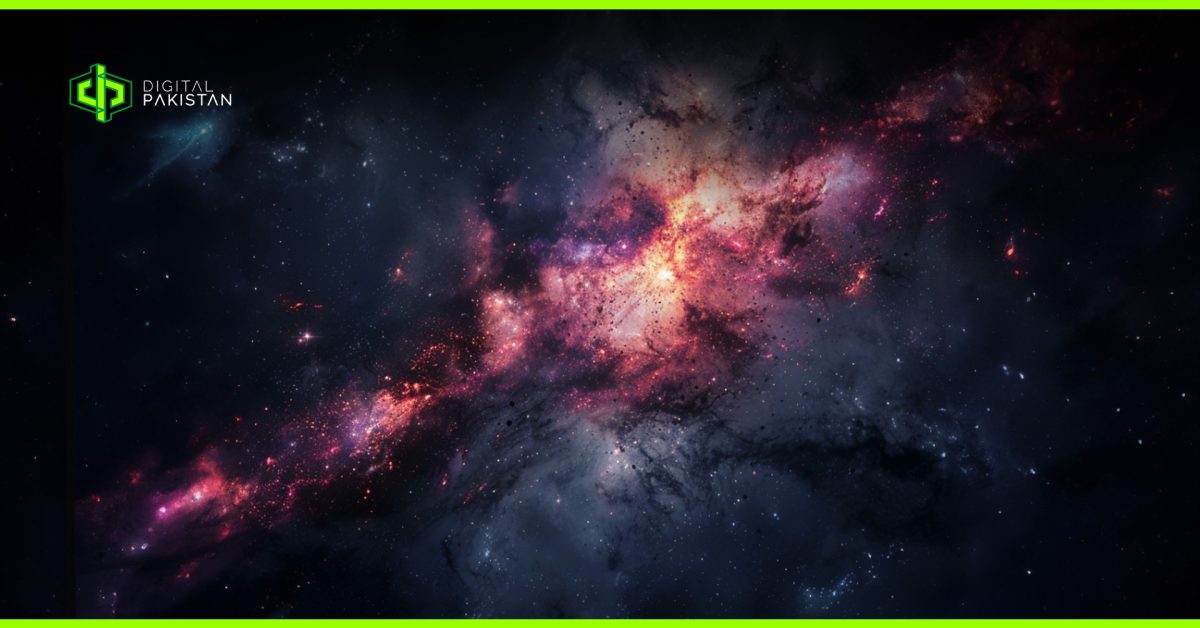
Last Week in Science 12th to 18th February
February 25, 2024
The Right Byte: The StoryGraph
March 3, 2024Last Week in Science: 19th to 25th February, 2024
Hello, science lovers! Welcome to the second edition of Last Week Science, where I share the most exciting and fascinating news from the world of science. This week, we have some amazing stories, from the brightest and fastest quasar ever seen, to the most complete skeleton of a Chinese dragon, to the psychology of great artists. And yes, there is a LOT of Space news this time. Let’s get into it.
Space – 19th February 2024: Astronomers discover universe’s brightest, fastest-growing quasar, powered by a supermassive black hole: Astronomers have discovered the most luminous quasar ever observed, powered by a supermassive black hole that is growing by one sun per day. The quasar, named J059-4351, is located 12 billion light-years away and emits more than 500 trillion times the light of the sun. The black hole has a mass of 17 billion suns and is surrounded by a huge accretion disk that spans seven light-years. This record-breaking quasar was found using ESO’s Very Large Telescope in Chile (Wolf et al., 2024).
Psychology – 20th February, 2024: Studies increasingly suggest social media negatively impacts teens’ mental health, prompting deeper research and policy considerations: Research indicates a concerning correlation between social media usage among teenagers and heightened risks of depression, anxiety, and other mental health challenges. Experts are actively investigating the roots of this link and seeking ways to alleviate its adverse effects. Factors such as excessive passive scrolling, limited meaningful interaction, cyberbullying, and the tendency for social comparison are believed to play significant roles in exacerbating these issues (Gupta, 2024).
Physics – 21st February, 2024: Physicists create new phase of matter, showcasing non-Abelian anyons in quantum processor: Physicists have created a new phase of matter called non-Abelian topological order, using a quantum processor with 27 trapped ions. This phase hosts exotic particles called non-Abelian anyons, which are neither bosons nor fermions, but have special memory-carrying abilities. These anyons could be used as stable qubits for quantum computing, as they can remember their pasts as they move around each other. The research was published in Nature by a team from Harvard and Quantinuum (Iqbal et al., 2024).
Space – 22nd February, 2024: Astronomers confirm dark matter’s influence on galaxy evolution, revealing impact on stellar properties: Astronomers have confirmed the influence of dark matter on the evolution of galaxies, using observations of stellar populations. They found that the properties of stars depend not only on their own mass, but also on the total mass of the galaxy, including the dark matter halo. This implies that the halo affects the formation and aging of stars in different ways. The study, led by a team at the IAC, was published in Nature Astronomy (Scholz-Díaz et al., 2024).
Paleontology – 23rd February, 2024: Paleontologists unveil a 240-million-year-old “Chinese dragon” marine reptile, Dinocephalosaurus orientalis, with an elongated neck: A team of scientists has unearthed the most intact skeleton of Dinocephalosaurus orientalis, a marine reptile dating back 240 million years. This remarkable creature boasted an elongated neck, bearing a striking resemblance to the legendary Chinese dragon. Notably viviparous, it sustained itself on a diet primarily consisting of fish. The fossils, discovered in southwestern China, underwent extensive study by an international research group. Their findings have been detailed in the journal Earth and Environmental Science: Transactions of the Royal Society of Edinburgh (Spiekman et al., 2024).
Space – 24th February, 2024: After 51 years, the US returns to the moon with a private firm’s successful landing: The US has returned to the moon after 51 years, landing a robotic spacecraft on the lunar surface. The mission, carried out by Intuitive Machines Inc., a private firm contracted by NASA, marks the first successful commercial landing on the moon. The spacecraft will conduct scientific experiments and test technologies for future human exploration. The moon holds valuable resources that could enable sustainable space development and exploration (Grush & Bloomberg News, 2024).
Psychology – 25th February, 2024: Exploring the psychology of artists reveals common traits beyond the myth of genius: Researchers have explored the psychology of great artists, challenging the myth of the lone, tortured genius. They analyzed the personality traits of historical figures such as Picasso, Kahlo and Beethoven, using the “Big Five” model. They found that artists share common characteristics, such as introversion, conscientiousness, neuroticism, agreeableness and openness to experience, but also have individual differences. The study aims to demystify the idea that artists are radically different from us (Gómez & The Conversation, 2024).
About the Author:
Nouman Ahmad Noor, your friendly Clinical Psychologist with big dreams! Juggling the art of unraveling minds, aspiring to craft captivating novels, and fueling the next generation of knowledge as a future professor. Join me on this exciting journey of understanding minds and weaving tales!
References
Gómez, A. J. & The Conversation. (2024, February 25). The psychology of great artists: Beyond the myth of the lone, tortured genius. Phys.Org. https://phys.org/news/2024-02-psychology-great-artists-myth-lone.html
Grush, L. & Bloomberg News. (2024, February 24). Why it took the US 51 years to get back on the moon. Phys.Org. https://phys.org/news/2024-02-years-moon.html
Gupta, S. (2024, February 20). Social media harms teens’ mental health, mounting evidence shows. What now? Science News. https://www.sciencenews.org/article/social-media-teens-mental-health
Iqbal, M., Tantivasadakarn, N., Verresen, R., Campbell, S., Dreiling, J., Figgatt, C., Gaebler, J., Johansen, J., Mills, M. D., Moses, S., Pino, J., Ransford, A., Rowe, M. B., Siegfried, P., Stutz, R., Foss‐Feig, M., Vishwanath, A., & Dreyer, H. (2024). Non-Abelian topological order and anyons on a trapped-ion processor. Nature, 626(7999), 505–511. https://doi.org/10.1038/s41586-023-06934-4
Scholz-Díaz, L., Martín-Navarro, I., Falcón-Barroso, J., Lyubenova, M., & Van De Ven, G. (2024). Baryonic properties of nearby galaxies across the stellar-to-total dynamical mass relation. Nature Astronomy. https://doi.org/10.1038/s41550-024-02209-8
Spiekman, S. N. F., Wang, W., Zhao, L., Rieppel, O., Fraser, N. C., & Li, C. (2024). Dinocephalosaurus orientalis Li, 2003: a remarkable marine archosauromorph from the Middle Triassic of southwestern China. Cambridge Core. https://doi.org/10.1017/S175569102400001X
Wolf, C., Lai, S., Onken, C. A., Amrutha, N., Bian, F., Hon, W. J., Tisserand, P., & Webster, R. L. (2024). The accretion of a solar mass per day by a 17-billion solar mass black hole. Nature Astronomy. https://doi.org/10.1038/s41550-024-02195-x






